Uruguay: Afrodescendent Women Face Disproportionate Challenges

"While policies to combat poverty have been able to improve the living standards of all people, the inequality gap remains,” said a government official.
The rate of unemployment among Afrodescendent women in Uruguay is more than double the national average at 14 percent, according to data released Friday by the country's Social Development Ministry, known as Mides.
"The unemployment rate for the non-African population is 6.6 percent, in comparison to 14 percent among Black women,” said Ana Karina Moreira of Uruguay's Mides, who focuses on Afrodescendent issues. “We continue to see how racial identity is an important factor of inequality.”
While income levels in Uruguay increased 36 percent from 2006 to 2013, bumping it into the category of a high-income country, and poverty in the capital dropped by 52 percent in the same period, inequalities remain.
“Persistent inequalities: Statistics on the situation of Afrodescendent women in Uruguay.” Top to bottom, statistics indicate: Women in poor households, unemployment rate, women with post-secondary education, and single parent woman-headed households.
During an event in the capital Montevideo to mark the International Day of Afro-Latina, Afrocaribbean, and Diaspora Women on Saturday, Moreira advocated for increased national visibility for Afrodescendent women and the issues they face.
RELATED: Latin American Afrodescendent Women Unite, Fight Discrimination
Moreira also stressed that outside of unemployment, Afrodescendent women are disproportionately employed in low-paying jobs.
"African women living in poor households are 21.1%, while non-African women in the same situation are 8.5%," she said.
In Uruguay, 9.7 percent of the population live below the poverty line, but the figure is most than double among the country's Afrodescendent population at 20.2 percent living in poverty, according to government data.

"While policies to combat poverty have been able to improve the living standards of all people, the inequality gap remains,” warned Moreira. “If we do not generate targeted policies with particular attention to the issue, universal policies do not work.”
The government statement is in line with a need identified by the regional UNDP project Afrodescendant Population of Latin America for improved cultural visibility and political recognition of Afro-Latinos' ways of life to combat socioeconomic inequality and unequal access to citizenship rights.
RELATED: Lessons of Black Internationalism from Central America
According to UNDP data, Afrodescendents make up between 20 and 30 percent of the population of Latin America. Due to the region's history of colonization, migration, and slavery, defining categories of race and identity can be complex.
Afro-Latinos, especially Afrodescendent women, face multiple socioeconomic barriers and are often disproportionately impacted by poverty. Afro-Latinos, women, and indigenous people are among the poorest and most marginalized in Latin America.


"While policies to combat poverty have been able to improve the living standards of all people, the inequality gap remains,” said a government official.
The rate of unemployment among Afrodescendent women in Uruguay is more than double the national average at 14 percent, according to data released Friday by the country's Social Development Ministry, known as Mides.
"The unemployment rate for the non-African population is 6.6 percent, in comparison to 14 percent among Black women,” said Ana Karina Moreira of Uruguay's Mides, who focuses on Afrodescendent issues. “We continue to see how racial identity is an important factor of inequality.”
While income levels in Uruguay increased 36 percent from 2006 to 2013, bumping it into the category of a high-income country, and poverty in the capital dropped by 52 percent in the same period, inequalities remain.
“Persistent inequalities: Statistics on the situation of Afrodescendent women in Uruguay.” Top to bottom, statistics indicate: Women in poor households, unemployment rate, women with post-secondary education, and single parent woman-headed households.
During an event in the capital Montevideo to mark the International Day of Afro-Latina, Afrocaribbean, and Diaspora Women on Saturday, Moreira advocated for increased national visibility for Afrodescendent women and the issues they face.
RELATED: Latin American Afrodescendent Women Unite, Fight Discrimination
Moreira also stressed that outside of unemployment, Afrodescendent women are disproportionately employed in low-paying jobs.
"African women living in poor households are 21.1%, while non-African women in the same situation are 8.5%," she said.
In Uruguay, 9.7 percent of the population live below the poverty line, but the figure is most than double among the country's Afrodescendent population at 20.2 percent living in poverty, according to government data.

"While policies to combat poverty have been able to improve the living standards of all people, the inequality gap remains,” warned Moreira. “If we do not generate targeted policies with particular attention to the issue, universal policies do not work.”
The government statement is in line with a need identified by the regional UNDP project Afrodescendant Population of Latin America for improved cultural visibility and political recognition of Afro-Latinos' ways of life to combat socioeconomic inequality and unequal access to citizenship rights.
RELATED: Lessons of Black Internationalism from Central America
According to UNDP data, Afrodescendents make up between 20 and 30 percent of the population of Latin America. Due to the region's history of colonization, migration, and slavery, defining categories of race and identity can be complex.
Afro-Latinos, especially Afrodescendent women, face multiple socioeconomic barriers and are often disproportionately impacted by poverty. Afro-Latinos, women, and indigenous people are among the poorest and most marginalized in Latin America.




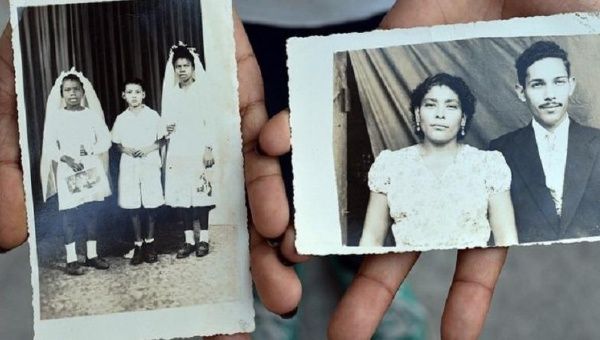

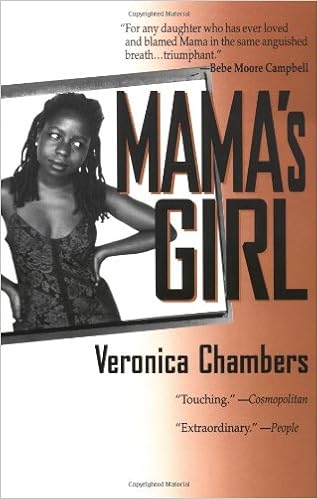
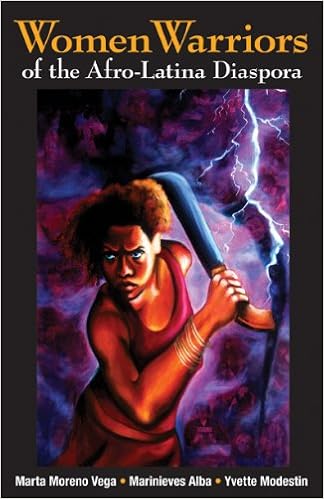
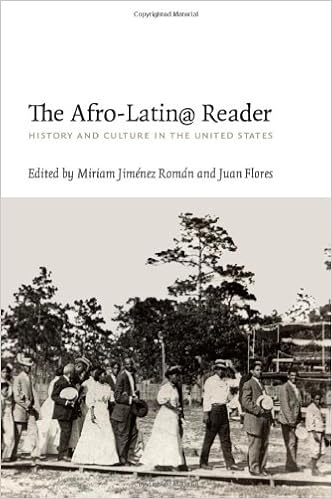
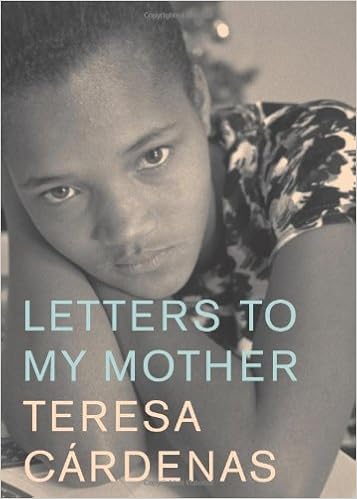
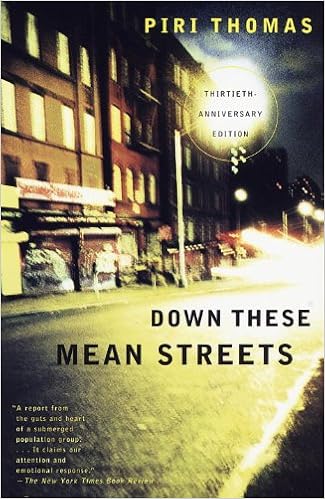






 . still haven't read his book tho
. still haven't read his book tho






 Yes, we should use ‘refugee’ not ‘migrant’—but no word can escape racism
Yes, we should use ‘refugee’ not ‘migrant’—but no word can escape racism




